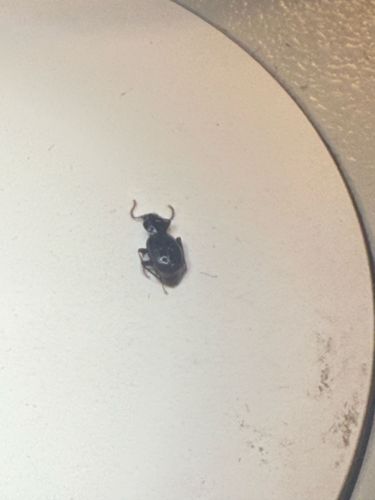Carpenter Ant
Scientific Name: Camponotus spp.
Order & Family: Hymenoptera, Formicidae
Size: 6 to 13 mm (0.25 to 0.5 inches), queens can be larger up to 20 mm

Natural Habitat
Carpenter ants typically establish nests in wood, particularly moist or decaying wood, both outdoors (tree stumps, logs, firewood) and indoors (wall voids, insulation, wooden structures like window frames, door frames, and roof eaves).
Diet & Feeding
Omnivorous, feeding on a wide variety of foods including insect honeydew, plant juices, other insects (live and dead), and human food sources such as sweets, meats, and fats.
Behavior Patterns
Carpenter ants are social insects living in colonies with a queen, workers, and reproductives. They do not eat wood but excavate tunnels and galleries within it to create nests. They are most active at night, foraging for food. Swarmers (winged reproductives) emerge from mature colonies to establish new ones.
Risks & Benefits
Potential risks include structural damage to homes and buildings due to their nesting activities in wood. They can also bite if provoked, though it's typically not severe. Benefits include their role as decomposers in natural environments, helping break down dead wood, and as predators of other insects.
Identified on: 10/22/2025